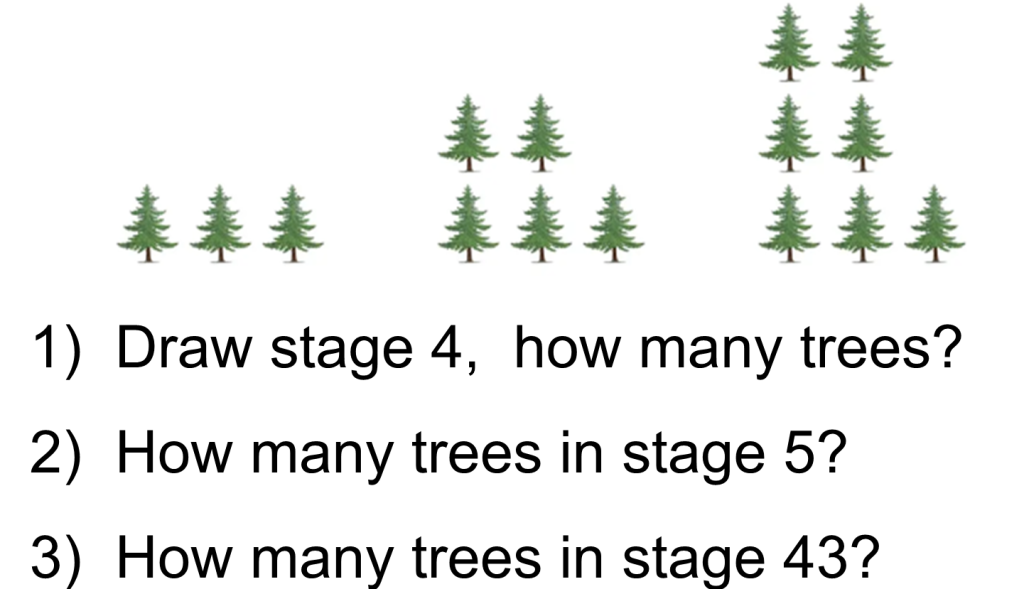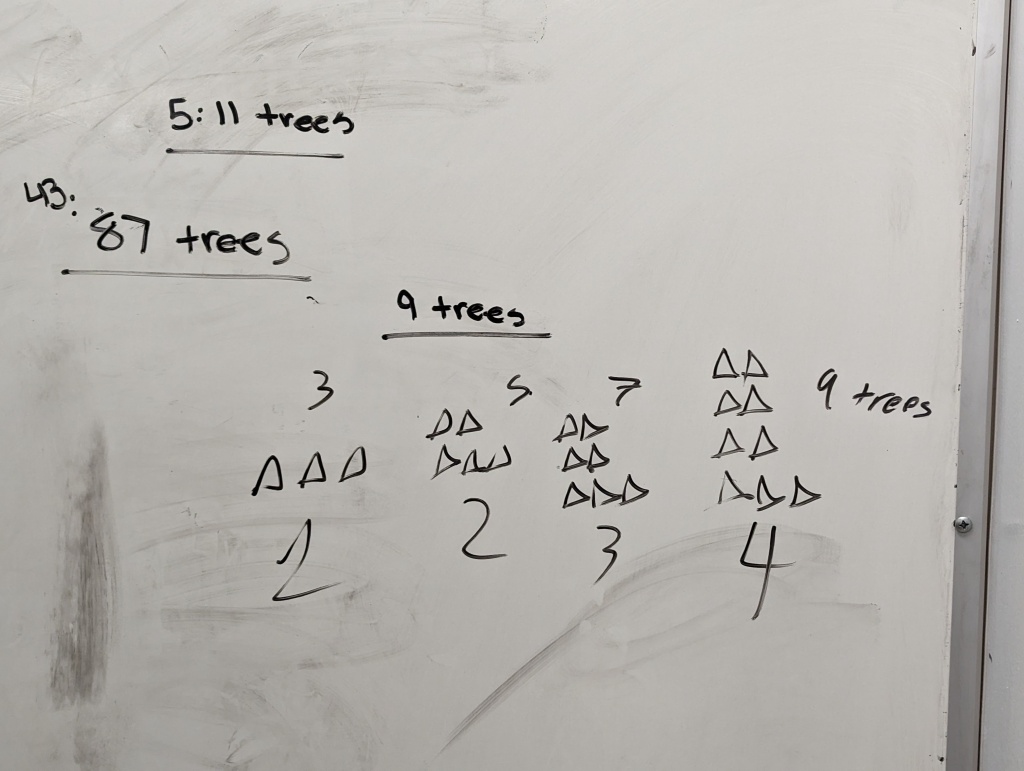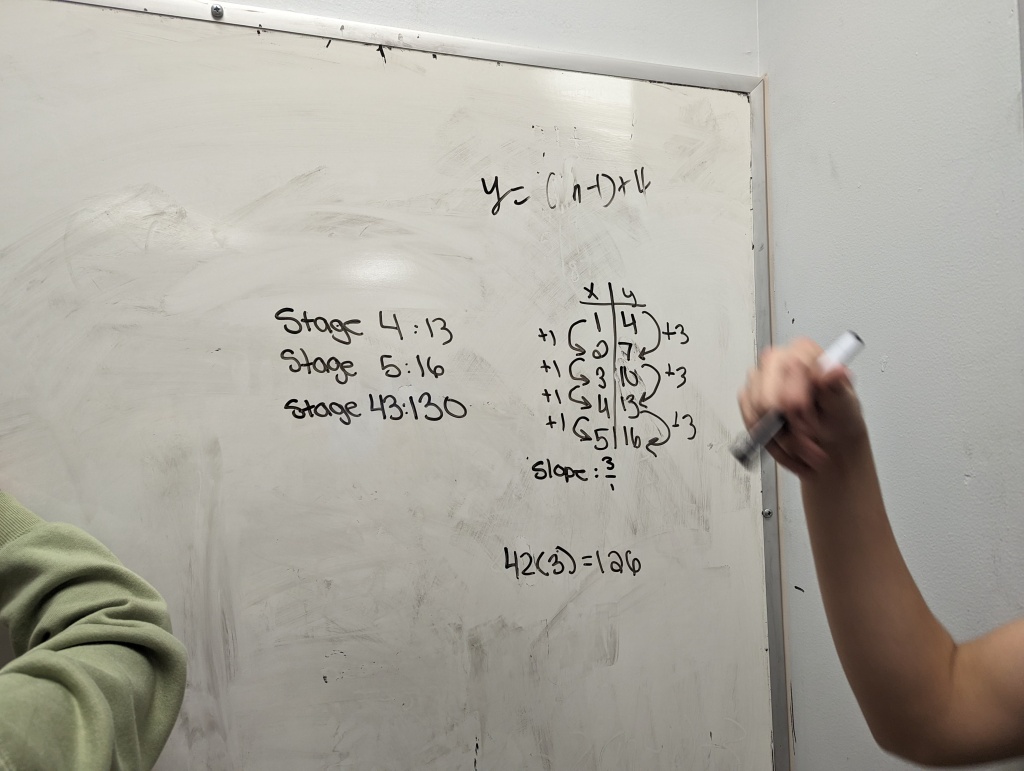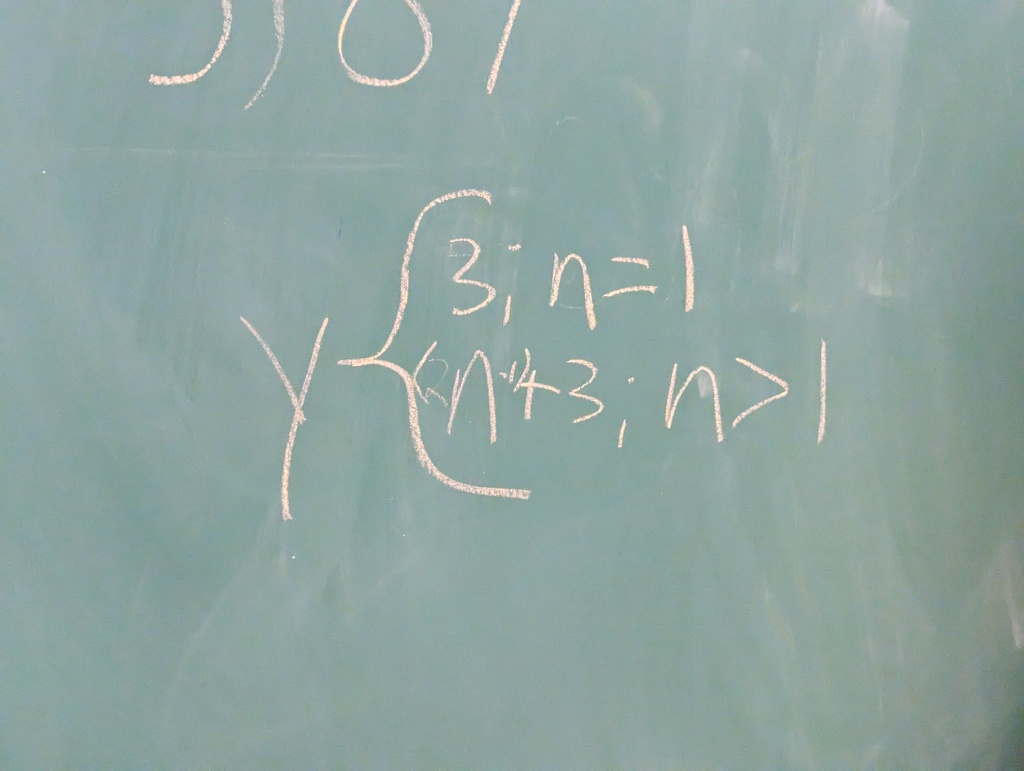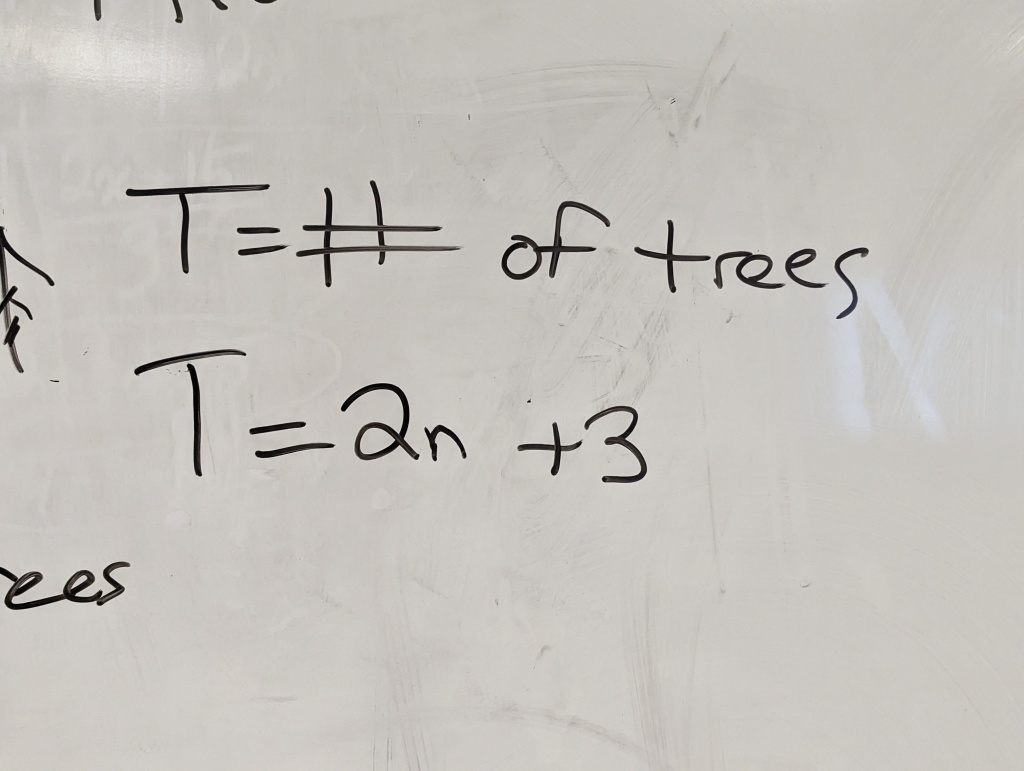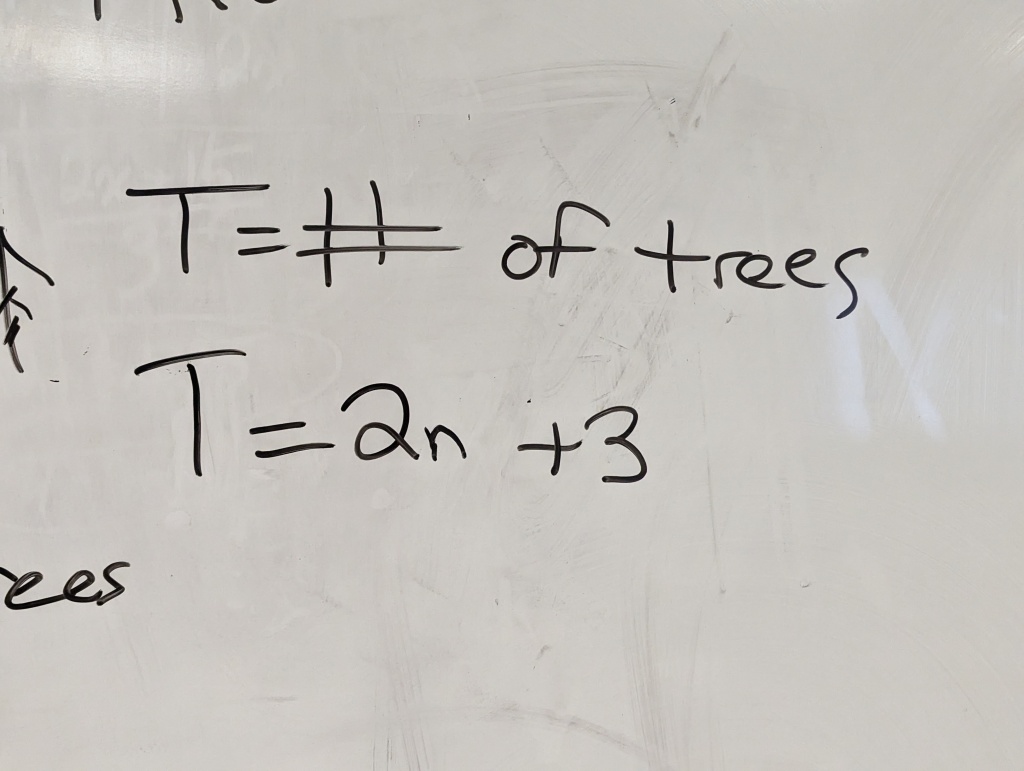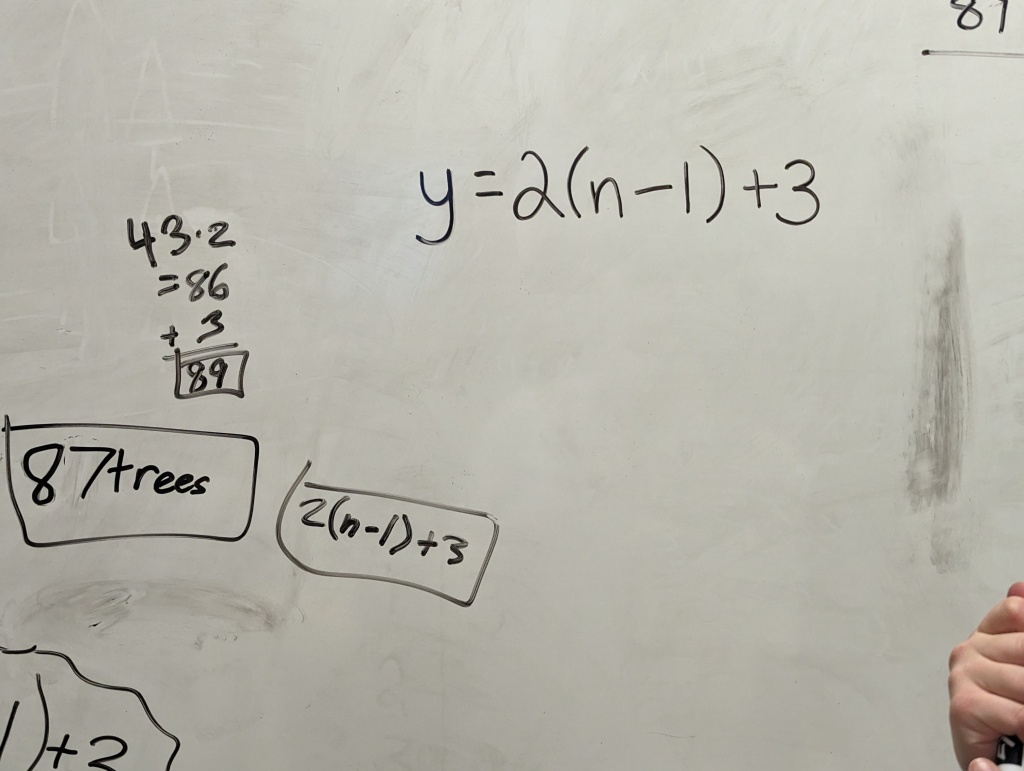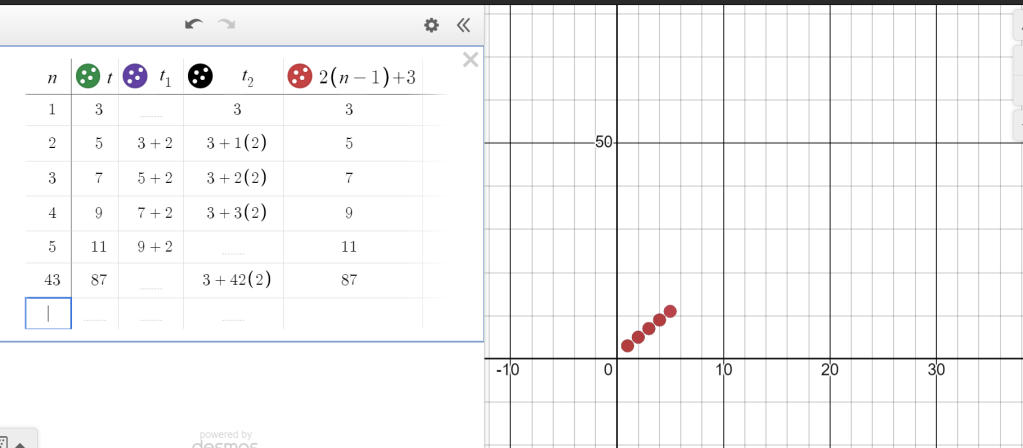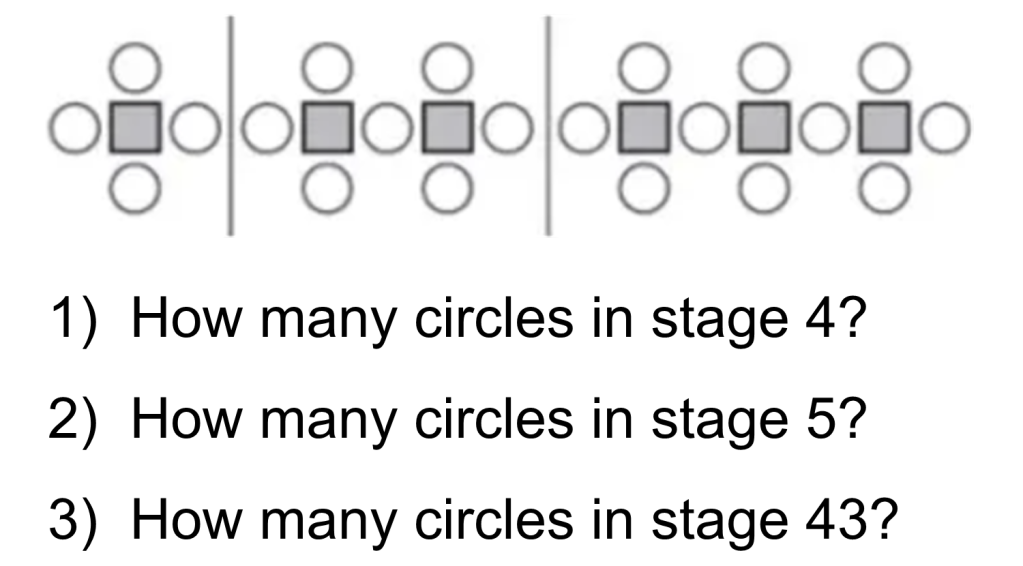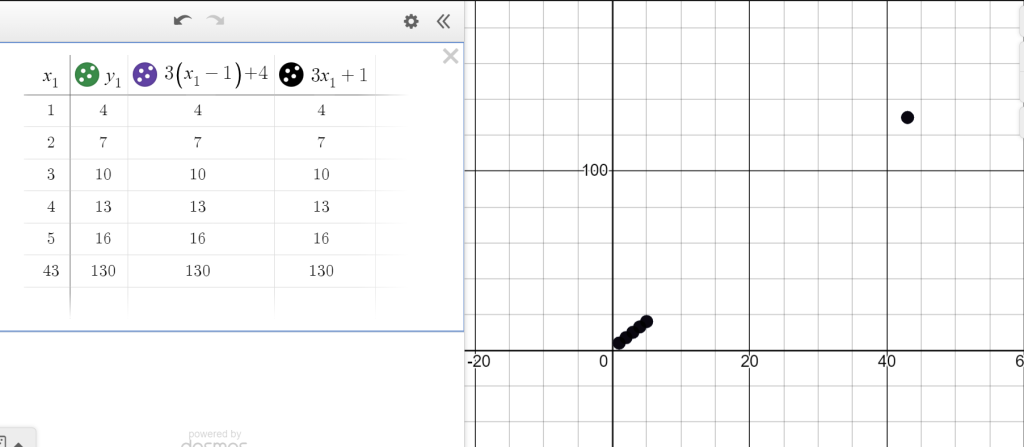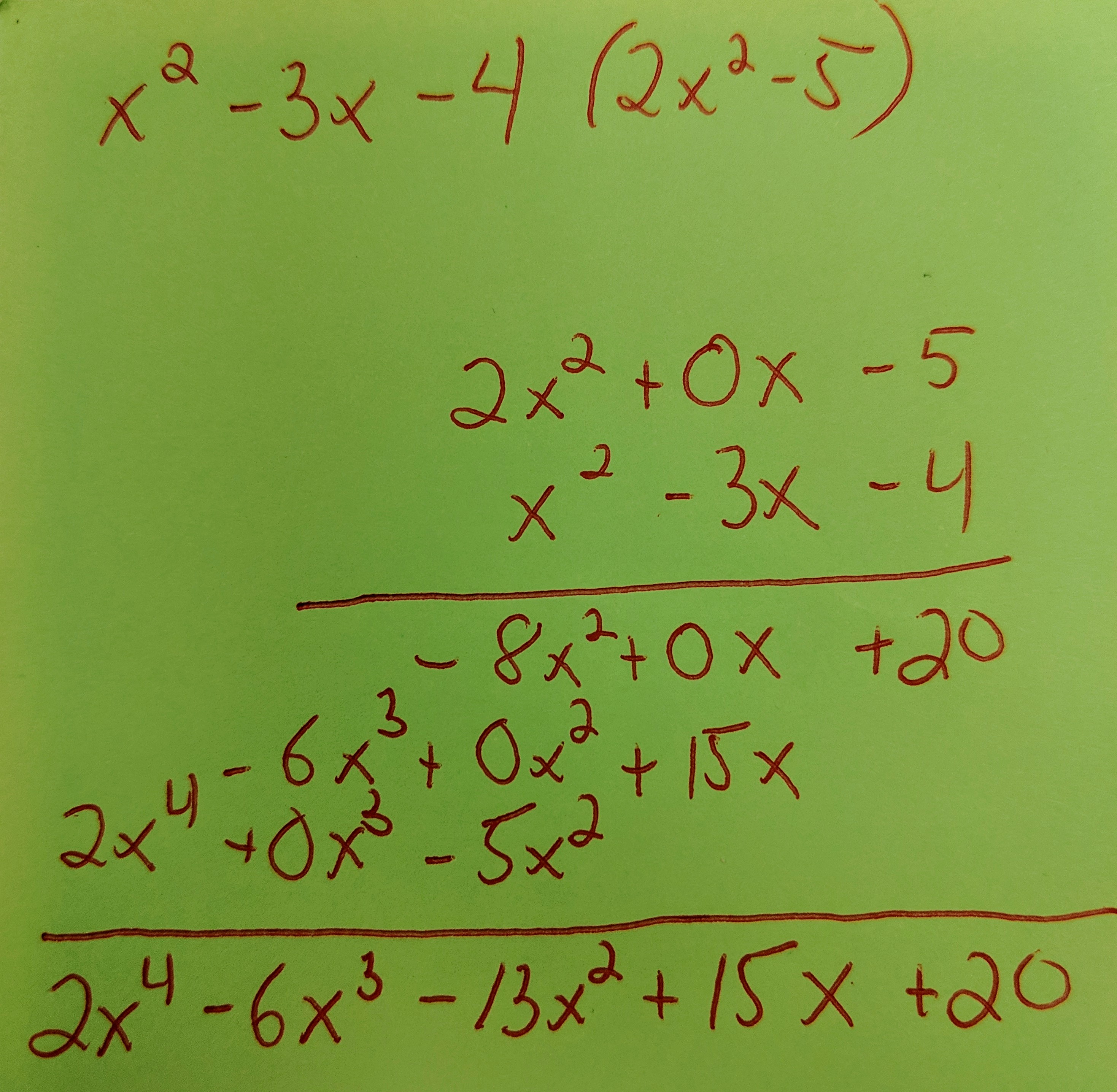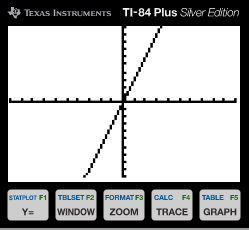I am not the strongest of swimmers, nor have I ever really been a strong swimmer. I spent a lot of summers in Ocean City, NJ, during those summers you could find me boogie boarding most days. Although I wasn’t a great swimmer, I felt pretty safe due to the safety net of having the boogie board with me. Til this day, I am not confident in my swimming skills. A long swim in the deep end, or swimming back from the sand bar without a boogie board still causes some anxiety for me. This is because I never improved my skills as a swimmer.
In this blog post I am going to express some of my ideas about middle school students taking Algebra 1, more specifically, I am going to address those borderline students who are pushed into an Algebra 1 by parents, administration, previous teachers, or even themselves. Although there are definitely reasons to discuss whether any middle school students should be taking Algebra 1 (check out SFUSD APPROACH) , what most concerns me are the students that are placed into Algebra even though they may not be fully prepared. Most of our attention in education is on our high level learners and our low level learners, the choice of math class for these students in middle school is usually straight forward and needs little debate. It’s those kids in the middle where the decision becomes a little more challenging. Their decisions are the ones we need to spend more time on.
Currently our school uses a pretty extensive rubric to decide the placement of students in advanced mathematics in grade 5-7 and eventually into Algebra 1 in 8th grade. Some of the categories in this rubric include PARCC score, NWEA MAP score, grades, and teacher recommendation to name a few. Once the scores are entered into the rubric the students are organized by their scores, and then a line is drawn. Those above the line get advanced math and the others don’t. Question that come to mind to me are:
- Where and how do we draw the line?
- Is this the best method?
- How much do we weigh the categories?
- What happens to students who are below the line one year, and above another?
- What happens to students above the line one year, and below another?
- WHAT HAPPENS TO THE STUDENTS WHO ARE BORDERLINE?
The last question is the one that I am interested in. These are the tough decisions! As educators, we want to give every student every opportunity to SUCCEED at the HIGHEST LEVEL; but this is not a cut and dry decision. When we push students to advanced math, like Algebra 1 in middle school, we also need to make a plan and be ready to adapt when they show us signs that they are NOT READY. If we don’t, the effects of being PUSHED to a level they are not prepared for could have some unexpected and severe consequences.
If you know any Algebra 1 teacher, within the first couple of weeks of school you will undoubtedly hear them complaining about their students not having the skills they need to succeed in their class. My first chapter in Algebra 1 is solving equations, a topic they should have a prior knowledge and understanding of. During those first couple of weeks of school I usually start to identify students I think might not be ready for what is being asked of them in Algebra 1. I usually give students the first month of school before I start to look at the rubric that was used to place the students in Algebra 1. Those students I identify and have concerns about are always just above that arbitrary line in the spreadsheet used to determine Algebra readiness. As I do more exploring, I usually find that some of those students were NOT in ADVANCED MATH the previous year, and were pushed in. I also usually find students who were in ADVANCED MATH but struggled. I am also reluctant to say, when I do more investigation I usually find these borderline students had grades on the PARCC and MAP test that indicated they did not have a strong grasp of the concepts they needed to succeed in Algebra 1. I am not a huge supporter of standardized test, but when you have several pieces of data supporting this idea, it is hard to deny.
Our school has a policy that you must maintain an 85% (B-) in Algebra 1 to stay in the class, 2 marking period of below 85% and you are placed into an 8th Grade Math class. Usually I start making contact with parents within the first marking period expressing my concerns, usually I refer to some of the data from the rubric as a way of supporting my concerns. I hear the same lines from the parents almost every time:
- I will tell them to try harder
- I think they are capable, just give it more time
- If they don’t start doing better soon, I will get them a tutor
- They have always been good at math, so I’m not sure what is wrong
- I WANT THEM TO STAY IN ALGEBRA 1!!!
What usually happens with these students is they continue to struggle in Algebra 1. I usually have frequent conversations and send numerous e-mails updating parents on the students’ progress. During this time the student usually looses confidence in math, gets frustrated, and their grades and learning continue to decline. It usually takes several months for either the parents to realize the student is misplaced, or for the school rule to kick in to change their placement. This to too late!!!!! By this time the student is turned off by math, has lost confidence and now has to deal with the stigma of changing math classes half way through the year. All this happens because there is this idea that students NEED TO BE IN ALGEBRA 1. Why????? I am so confused by this rationale.
If you asked me 10 years ago about those borderline students, I would say keep them in Algebra 1 and if they struggle, have them retake it. There are some problems with that way of thinking:
- Will the student actually retake Algebra 1, or will they be PUSHED forward again?
- What happens to their confidence?
- How does retaking a class affect them academically, socially, and emotionally?
Now my thought process is much more in line with long-term goals and the social/emotional decisions that go along with it. I now believe that if a student is borderline, they would benefit more from gaining confidence and building their skills by not being pushed into Algebra 1. Also, as standards have changed, we see more Algebra in the 8th grade standards. I will once again share the link from SFUSD who eliminated Algebra 1 in middle school altogether, and postponed Algebra 1 until high school for all of its students. It was a very BRAVE move, but led to more success for its students. I think the goal of middle school math should to build a solid foundation in problems solving skills and build confidence in mathematics, so students are ready to perform in high school and beyond, even if that means delaying concepts like Algebra 1 until high school. When our students do not have a SOLID FOUNDATION, we are setting them up for failure.
As I think about the pros and cons of pushing a borderline student into Algebra during middle school, I think the cons heavily outweigh the pros. To my knowledge there is no study that Algebra 1 in middle school is an indicator at success in high school or college. Also, we have to be aware of what we are LEAVING OUT, when we put students on the advanced track. That is something that is rarely thought about. Those topics that we breeze through quickly, or worse yet, skip over, are the foundations idea for us to build on.
I leave those of you that are parents, teachers, and administrators who decide the placement of your middle school math students with 1 question:
IF A STUDENTS WAS A “BORDERLINE” SWIMMER, WOULD YOU SHOVE THEM IN THE DEEP END AND EXPECT THEM TO SWIM?
Thanks for listening. I appreciate any feedback or discussions. I don’t have an advanced degree in education or mathematics, I am just a humble 8th grade math teacher who is concerned about his students.


